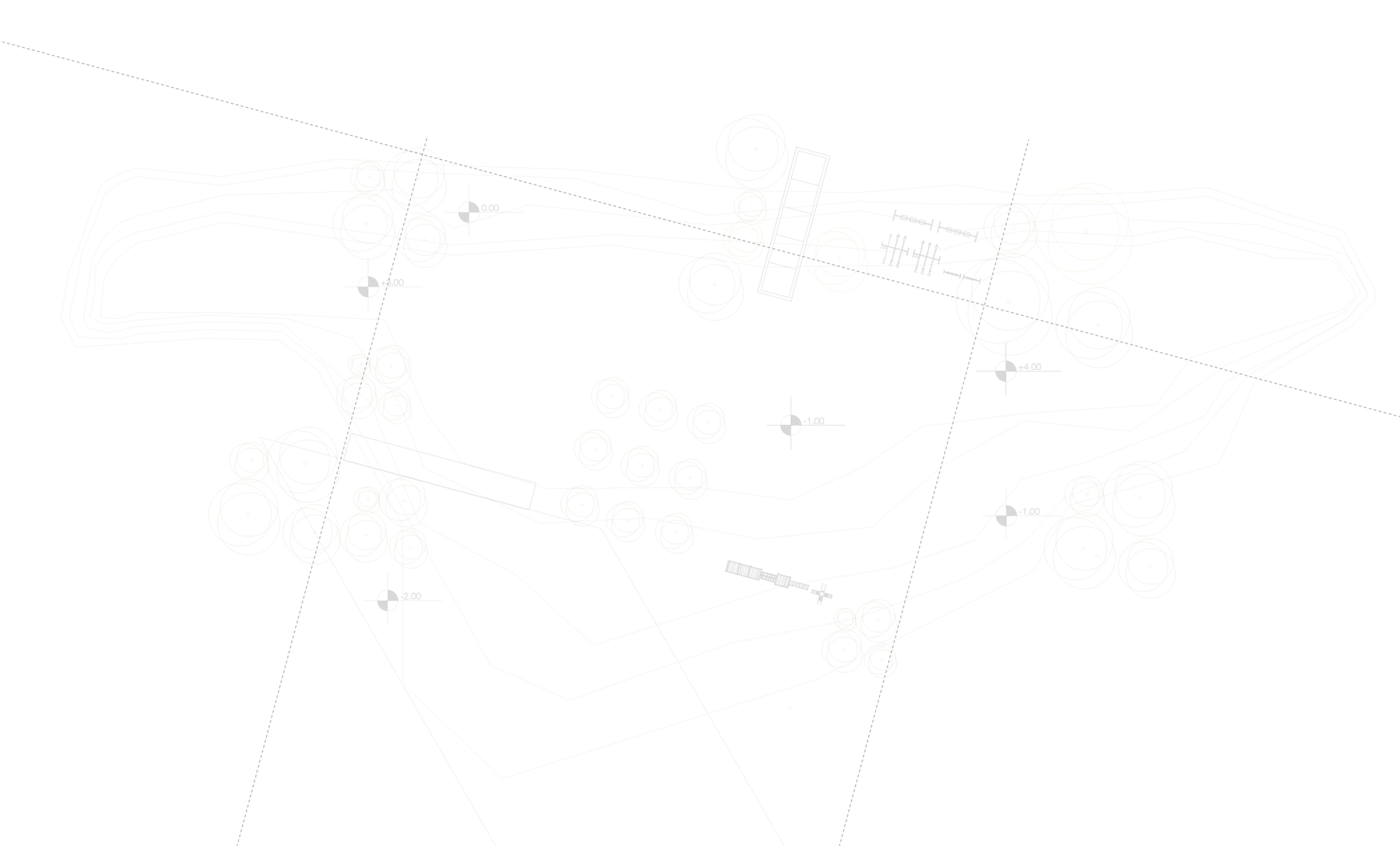

Open Source Automatic Quality Assurance (OSAQA) Project


The ACR QA tests include geometric distortion, slice thickness, high contrast spatial resolution, slice positioning, percentage intensity uniformity, percentage signal ghosting and low contrast object detectability.

The visual feedback of some of the ACR QA tests.

A log file is automatically generated after the QA tests in order to give user an immediate feedback on the QA results.

The ACR QA tests include geometric distortion, slice thickness, high contrast spatial resolution, slice positioning, percentage intensity uniformity, percentage signal ghosting and low contrast object detectability.
ACR code now on GitHub!
https://github.com/Calvary-Mater-Newcastle/ACR
What is OSAQA?
OSAQA (open source automatic quality assurance) project is a collection of Matlab codes I wrote to automate MR and CT QA. It includes: ACR MR, MagIQ, Magphan and Catphan 600 phantoms.
The aim of OSAQA is to provide physicists around the world a free tool to automate scanner QA process and increase work efficiency. Some of the QA tests have both automatic and manual QA options for physicists to choose from.
Distribution & Contribution
Since it is an open source code, everyone is free to download the source code from this website. Feel free to report any bugs to me, so we can improve the code together. Physicists with Matlab experience are encouraged to improve the functionality or modify the code to suit their individual needs. With this open source concept, I hope both the users and the program can be benefit over time.
Due to the change in the upload file format availability on WIX, zip file can no longer be uploaded. For the final version OSAQA-ACR code, please contact me through email.
In case WIX.com host is down, you can find the information on my WORDPRESS website: WORDPRESS
Acknowledgement
I would like to thank my supervisor: Peter B Greer (Calvary Mater Newcastle Hospital an University of Newcastle), Jason Dowling (CSIRO) and Fred Menk (University of Newcastle) allowing me to pursue this side-project during my PhD research.
ACR:
I also would like to thank physicist, Michael Barnes at the Calvary Mater Newcastle Hospital, NSW for testing ACR MR QA code in department and provided the manual QA results for me to compare with the QA results from my code. His valuable suggestions have helped to improve the functionality of the code dramatically.
I want to thank Peter Stanwell (University of Newcastle), who helped us to set up ACR phantom at the Calvary Mater Newcastle Hospital.
I would like to thank the radiographer team who have been patiently acquired those ACR phantom images for me as the testing images for the code development. Thank you Jameen Arm, Leah Best, Melissa Murphy, Nick Marks, Narelle Grabham and Daniel.
MagIQ:
I would like to thank physicists Gary Liney and Aitang Xing (Liverpool Hospital, NSW) for their generous heart to give me information on the MagIQ phantom and provided me with MagIQ images for the initial code development.
Magphan:
I would like to thank Associate Professor Peter Stanwell (University of Newcastle, NSW) giving me the opportunity to work on the Magphan phantom at HMRI (Hunter Medical Research Institute, NSW). I also want to thank Jameen Arm (Senior MR radiographer), who prepared the phantom and scanned the phantom. We have worked closely to setup phantom image acquisition procedure.
Catphan 600:
I would like to thank physicists Michael Barnes, Tamara Molloy, Paul Simpson and Renee Jones from the Calvary Mater Newcastle Hospital, NSW for showing me the QA procedure of Catphan 600 and giving me the opportunity to work on the Catphan 600 phantom. I also would like to thank technician Bruce Aldrich and physics registrar Cameron Stanton and Marcus Doebrich for their help on acquiring the images. I would like to specially thank Cameron Stanton whose question during one CPD meeting inspired this sub-project.
I would like to thank my Master supervisor, Juergen Meyer (University of Washington). Without his lectures, I could not have the interests in the medical physics field. He also encouraged me to start to learn and use Matlab, without this skill the OSAQA project cannot be done. I also want to thnk my Master co-supervisor, Theam Yong Chew, who has patiently taught me so much in Common Lisp (CL) & Matlab programming.
I would like to thank all my relatives and friends who have hopes in me and supported me from all aspects in my life. I would like to give my final thank to my parents, Ye Sun and Yan Lin, for letting me to come to this world and showing me the most wonderful love in the entire universe.